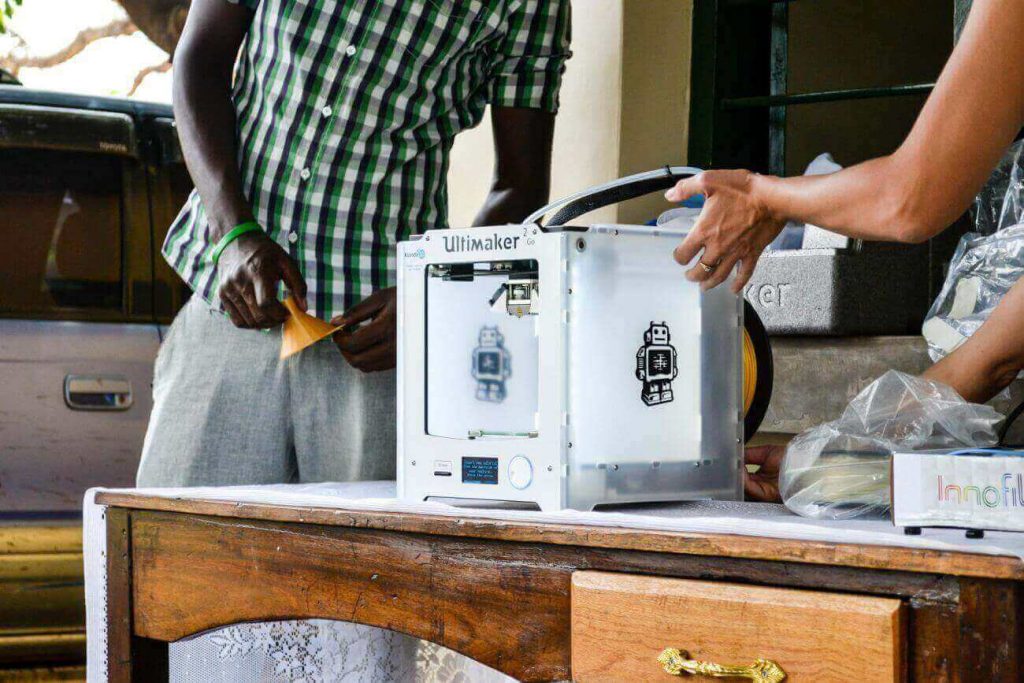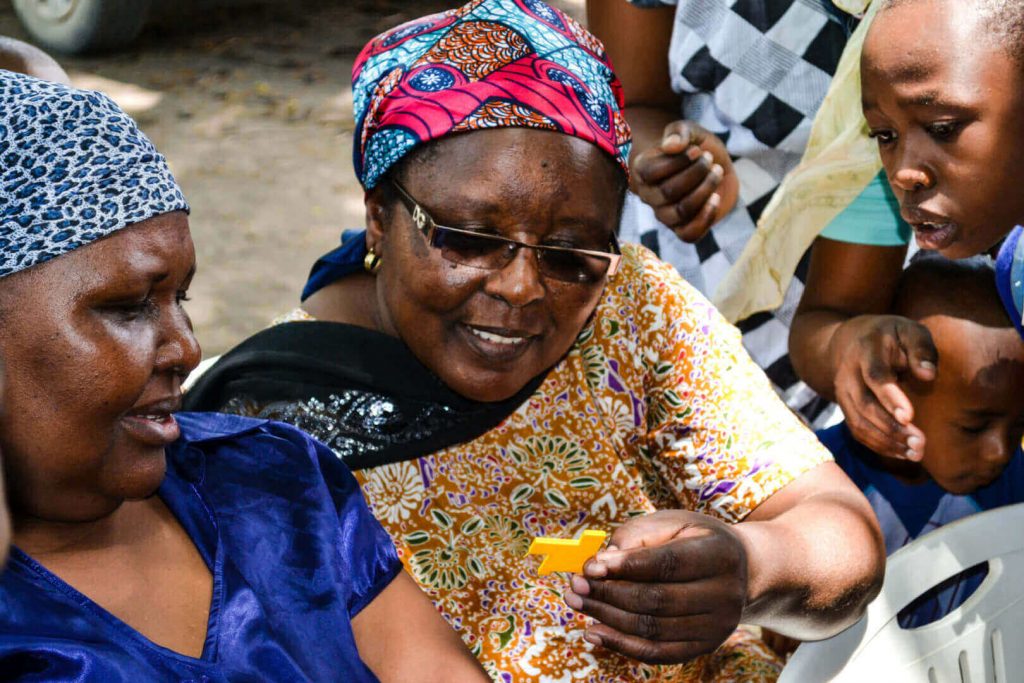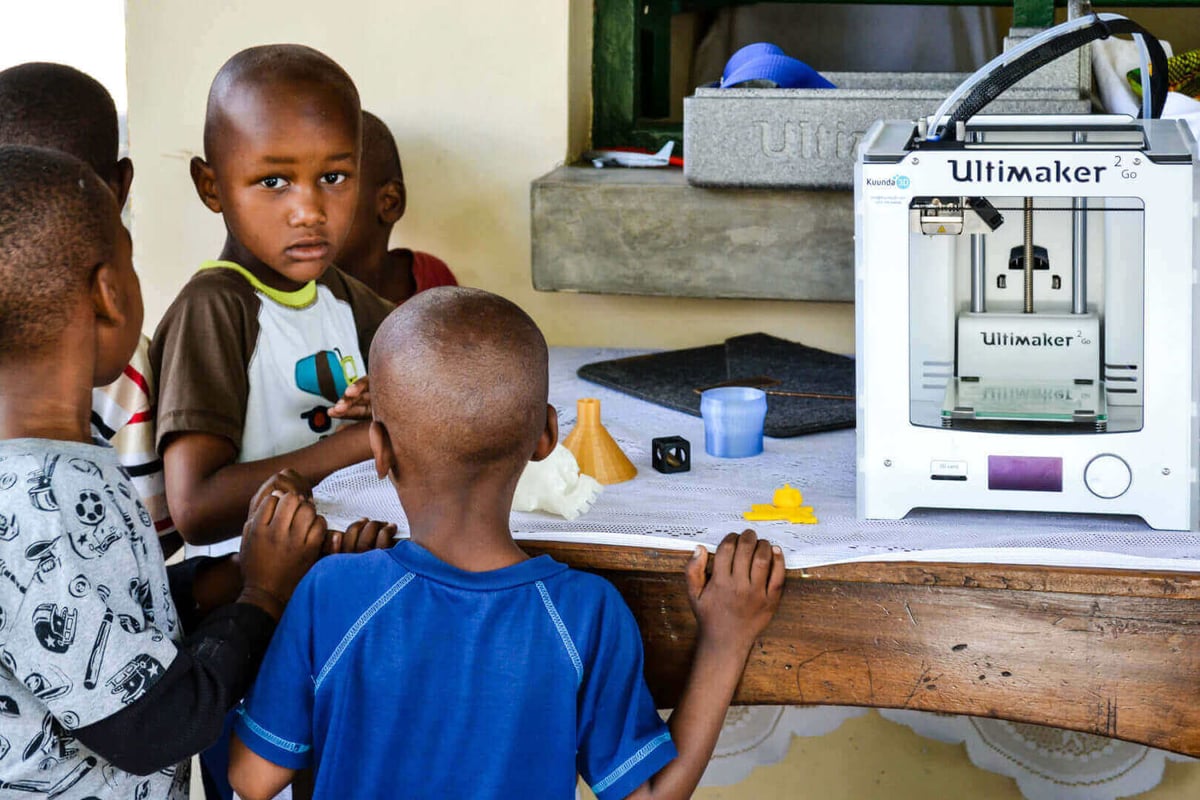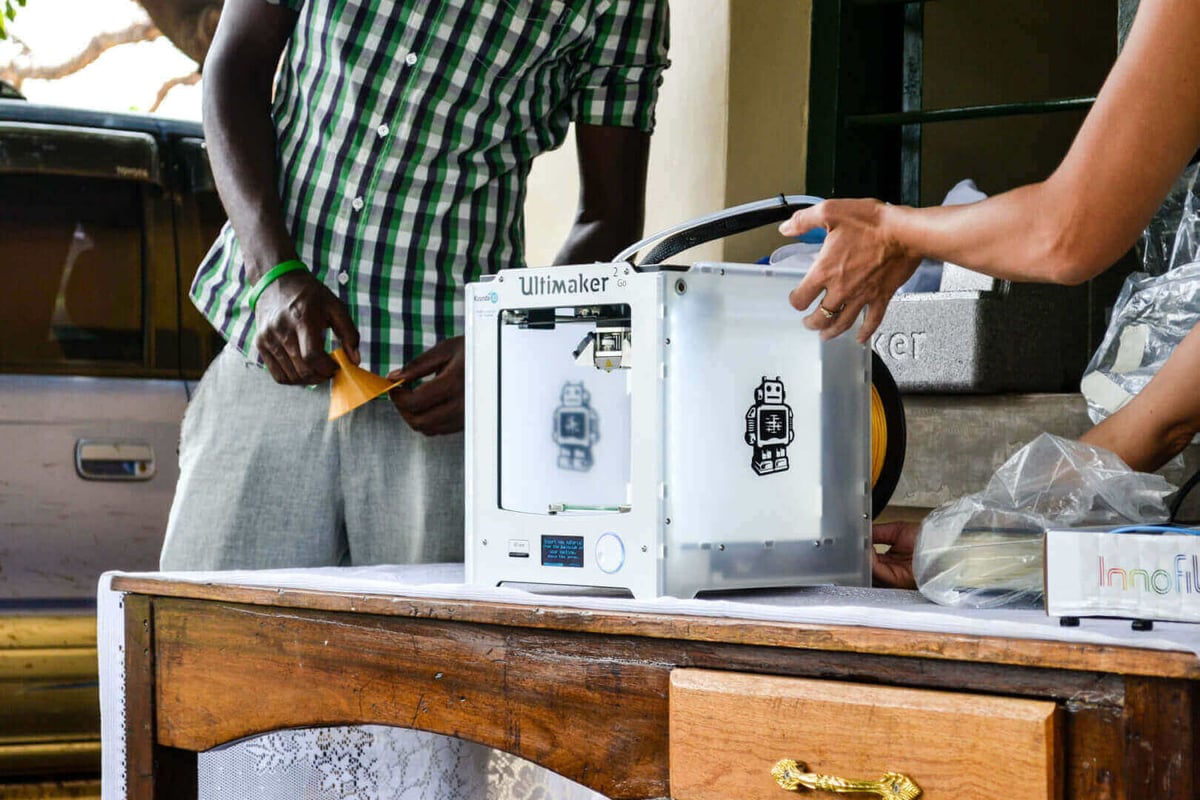East African company Kuunda 3D took a 3D printer to rural Tanzanian village where they showed locals the technology and tested out its utility.
Kuunda 3D had some interesting goals when they decided to take an Ultimaker 2 Go 3D printer on a trip to rural Tanzania.
They hoped to find out whether the 3D printer could operate in dusty conditions with intermittent electricity and no computers. The team also wanted to work out whether the printers could be useful for locals and what they could print to benefit village life.
Firstly, the Kuunda team set out from Dar es Salaam. From there, they headed to Kahe Town, a village in Northern Tanzania located on the plains of Mt. Kilimanjaro.
Their first stop was TPC Limited, one of one of Tanzania’s largest sugar estates. Here, they met with a non-profit TPC Parents Against AIDS. They also worked with a group of Mt. Kilimanjaro porters and motorcycle mechanics.

Kuunda 3D’s Ideas of Useful Prints for Locals
The team did a demo of the Ultimaker for the TPC group. However, Beth Rogers says on the Ultimaker blog: “Explaining 3D design and 3D printing in Swahili was a real challenge because the language does not contain the words for 3 dimensional.”
They decided that showing the printer was the best way to explain how it works. Their first print was a simple sewing measuring tool. After the session, the women came up with ideas of items they could 3D print. Some of these included; plastic flowers, earrings, combs, kitchen utensils, dishes, chairs and buttons.

In the afternoon, the team headed back to Kahe Town for a session with the group of Mt. Kilimanjaro porters and motorcycle mechanics. However, there was no electricity so instead, they hooked up the Ultimaker 3 Go to one of the villager’s solar panel systems. This worked without any problems for a 15-minute print.
Like in Kahe Town, the ideas of what to print came in: light switches, lightbulb holders, bag locks, clothes pegs, spare parts for bicycles, cars, and motorcycles. Rogers added: “3D printing has the potential to change lives in even the most remote communities. Everyone that participated in the demonstrations was impressed by the technology and excited about the potential for their community.”
The team are very happy with the huge range of ideas the locals provided them with. Their next steps are to start creating 3D designs and sending them back to the village to see how useful they are.
However, they are now looking for an organization or an individual to donate a 3D printer to the TPAA group. Want to get involved? Email the team at info@kuunda3d.com.
Source: Ultimaker
License: The text of "Kuunda 3D Tested an Ultimaker 2 Go 3D Printer in Rural Tanzania" by All3DP is licensed under a Creative Commons Attribution 4.0 International License.

